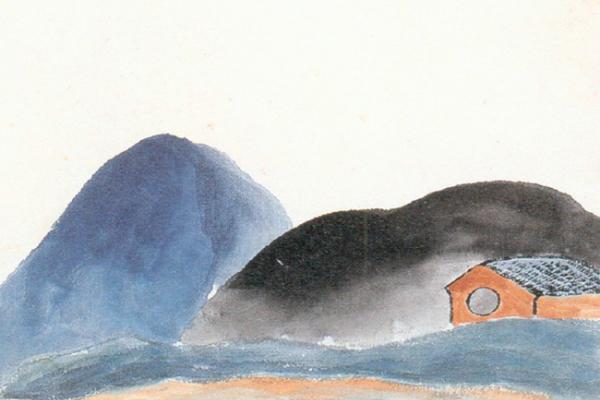
The Institute for Chinese Studies presents the "China in Transition" Lecture Series with:
Su-hsing Lin
Associate Professor
Department of Art History
Tainan National University of the Arts
"A Panorama of Self-Inspiration: Qi Baishi’s Landscape Paintings and Their Significance in 20th Century China"
Abstract: Born in Xiangtan, Hunan province, Qi Baishi was one of the most creative and successful artists in the 20th century Chinese art scene. Qi was best known for his flower-and-bird paintings; however, his “unorthodox” landscape paintings were criticized by many contemporary conservative peers, like Yao Hua. In 1922, with the support of his friend Chen Shizeng, a central member of the Society for Research in Chinese Painting, Qi exhibited his paintings in Japan. The exhibition was an enormous success, and Chen was astonished to find that Japanese collectors, unlike those in Beijing, were acquainted with new trends.
Yakichiro Suma, a Japanese diplomat and art collector, was one of the most ardent collectors of Qi’s paintings. Suma began to collect Qi’s artworks when he was appointed Japanese ambassador to Beijing in 1927. He thought that Qi’s landscape paintings not only betrayed the influence of Song (960-1279) and Yuan (1271-1368) masters, but also conveyed characteristics of Impressionism. Qi was even acclaimed by some non-Chinese in 1930s as the “Paul Cézanne of the East”.
Although Qi Baishi was regarded as a member of the school of “national essence”, his landscapes were composed in simple forms with strong colors and a bold, cheerful air. This paper, in addition to examining the significance and meanings of Qi’s landscape paintings in modern Chinese art history, will also investigate the difference in collecting sensitivities between Chinese and Japanese collectors.
Bio: Su-hsing Lin received her BA in History from Tunghai University, Taiwan, and earned both her MA and PhD in Chinese Art History from The Ohio State University. She was an Assistant Professor at Shu-te University in the department of Visual Communication Design (2004-2009) before joining the Department of Art History at Tainan National University of the Arts. Her research principally focuses on graphic design in modern Chinese art, Taiwanese art, and visual culture in Shanghai and its interactions with Japan and the West in the 20th century.
Free and Open to the Public
This event made possible in part by the OSU Department of History of Art and by a U.S. Department of Education Title VI grant to The Ohio State University East Asian Studies Center.
